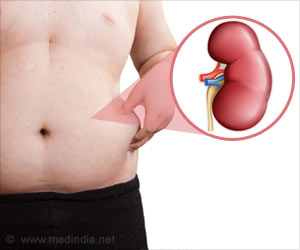The work is based on the knowledge that cardiac conditions (such as heart attacks) that increase the risk of VT and other heartbeat irregularities lead to massive changes in the white blood cell populations surrounding the heart.
To study the mechanisms involved, MGH scientists developed a new research model. “It was believed that mice don’t get VT after a heart attack, but we discovered a surprisingly simple trick to induce itfeeding mice food with low potassium levels,” says senior author Matthias Nahrendorf, MD, PhD, an investigator in MGH’s Center for Systems Biology, a professor of radiology at Harvard Medical School and the Richard Moerschner Endowed MGH Research Institute Chair in Men’s Health.
Advertisement
“This is a major step forward because now we can study how different white blood cell subclasses influence heart rhythms. It is also clinically relevant because every fifth patient who experiences a heart attack has low blood potassium levels, and these patients are known to be particularly likely to develop heartbeat irregularities, or arrhythmia.”
The team’s experiments demonstrated that among the different white blood cell types, neutrophils promote ventricular tachycardia (VT) while macrophages protect against it. “Inflammatory neutrophils give rise to arrhythmia by compromising the electrical function of heart muscle cells called cardiomyocytes,” explains Nahrendorf.
“Macrophages, which take up debris, are protective, and deleting them gave rise to electrical storm in mice with low potassium levels who experienced a heart attack. Indeed, these mice were more likely to die from arrhythmia.”
The findings indicate that additional research into the roles of white blood cells in irregular heartbeat could lead to new targeted therapies for irregular heart rhythms. This study has been funded by the NHLBI grants HL139598, HL142494, HL125428 and HL155097.
Source: Eurekalert



